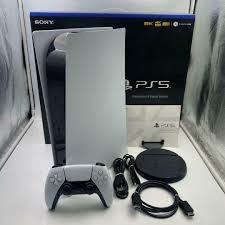Ming-Chi Kuo is one of a select group of Apple analysts whose reports are always worth revisiting, no matter how weird they appear at first. We've heard a lot of rumors that the business is working on its own foldable tablet, in keeping with its tradition of arriving late to the party while simultaneously being the best dressed.
It's understandable that the corporation is experimenting with a variety of form factors. While firms like Samsung and Huawei have made significant progress since the initial generation of foldable devices, there is no doubt that no one has solved the code completely yet. Screen technology has advanced significantly in recent years, as has E Ink technology.
"Apple is testing E Ink's Electronic Paper Display (EPD) for future foldable device cover screens and tablet-like applications," Kuo said earlier today on Twitter. "Due to its remarkable power-saving capabilities, the color EPD has the potential to become a popular solution for foldable smartphones' must-have cover/second screen."
The conclusion is undeniable. One of E Ink's main selling advantages is its ability to save energy. It's one of the reasons why your Kindle's battery life is measured in weeks rather than hours. However, outside of a few chosen categories like e-readers, the technology has generally had significant limitations that have limited mainstream acceptance.
E Ink's electronic paper has improved in recent generations, adding color and speeding up the notoriously poor refresh rate and responsiveness. Even with a secondary, external display, one imagines Apple will take some time to implement such technology. With the first of the company's foldable rumored to be released in 2025 (at the earliest), perhaps that gives the electronic paper technology enough time to catch up.
As always, everything of the foregoing should be taken with a grain of salt. It's a long road ahead, and even if the reports are correct, there's still a long way to go between testing and release. It's also worth mentioning that such speculations have been around almost as long as the iPhone. So, in the immediate future, it might be wiser to concentrate on more feasible speculations, such as a USB-C iPhone.









